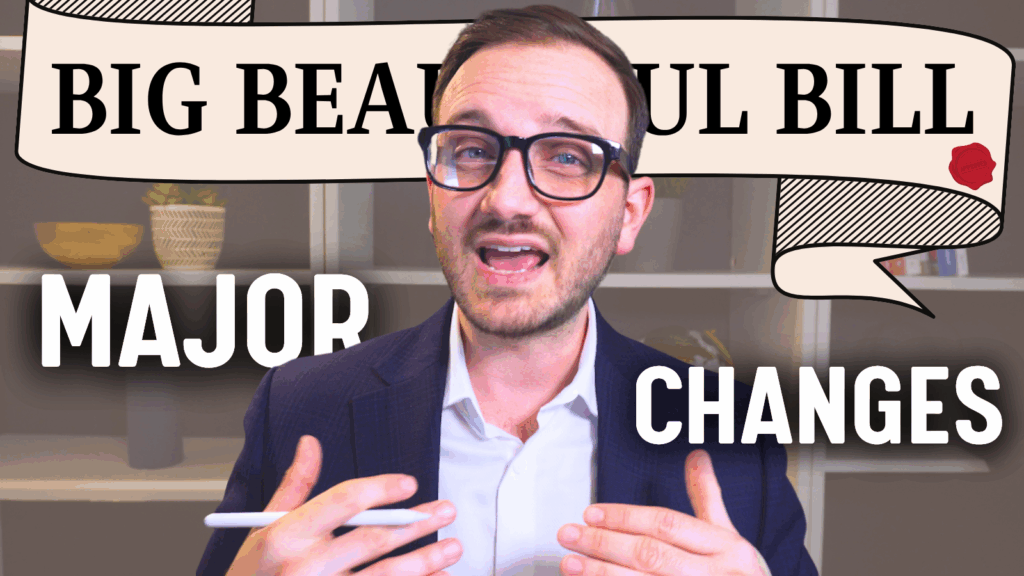Should I take Medicare or keep FEHB?
Open season is finally here, allowing federal employees to revisit their health insurance coverage. FEHB offers a variety of plan types suitable for many different families and health circumstances. If you’re curious about how they compare, read this article to learn more.
Medicare is available when you turn 65 years old. Your window for applying starts 3 months before your 65th birthday month and ends 3 months after the month in which you turn 65. If you have not applied by then, it is considered “late”. If you’re still in-service, you may forego applying for Medicare until you retire, at which point you have 8 months to apply before being considered “late”. If you miss that enrollment window, there is a permanent penalty equal to 10% for each year that you were late enrolling.
Am I required to enroll in Medicare in retirement if I have FEHB?
Medicare is comprised of four parts: A, B, C, and D. Part A does not cost you extra when you enroll as you’ve likely had Medicare deductions on your paychecks throughout your career. Part A is your hospital coverage, and you have to enroll in it when eligible. Medicare Parts B, C, and D are optional, but we encourage our clients to consider Parts B and D.
Part B covers your doctor visits, outpatient care, ambulance services, mental health, preventative care, etc. It covers the services we commonly think of when we think about health insurance coverage. As of 2021, Part B premiums range from around $150 per month, to as high as $475-$500 per month. Your premium is based on your adjusted gross income reported on your tax return. This is called the Income Related Monthly Adjustment Amount, or IRMAA for short. To see the premium chart, use this Medicare.gov link. For most of my clients, it costs either roughly $200 or $300 per month for Medicare Part B. Retirement account distributions can quickly push you up into higher Medicare premiums. This is one reason why developing a proper distribution strategy – how you’ll be paying yourself in retirement – is an imperative part of your overall retirement plan. You could inadvertently force yourself into doubling your Medicare premiums without a proper plan.
Part C is known as Medicare Advantage and is a bundled package of all parts of Medicare. It’s an optional way of addressing your Medicare needs but allows you less flexibility. It is an alternative to enrolling in “original” Medicare, coupling the benefits together. It closely resembles an HMO.
Part D covers your prescriptions, and premiums may vary. It’s important to shop for a Part D plan that covers the medicine that you will need. Carriers routinely change coverages, sometimes requiring that you change your Part D coverage. It is optional if you keep your FEHB coverage as the coverage is considered comparable. You may consider Part D if you find your FEHB prescription coverage has stopped covering your needs. Normally, for non-feds, missing enrollment in Part D creates the same penalties as missing Part B.
Why should I consider enrolling in Medicare?
When you turn 65 and are retired, many health insurance carriers assume that you’ll be on Medicare Part B. In turn, people may experience slight changes in their health insurance coverage as time goes on, even with FEHB. Does it impact everyone? Sometimes not – someone’s health needs may be more simplistic and their FEHB in retirement sufficiently covers their needs. For others, it might be different.
Remember, health insurance carriers are for-profit organizations, even those through FEHB. As such, they will make business decisions about certain health coverages in a manner that works best for them. Carriers frequently change their health care coverage, and some day that coverage change could impact you in a way that can be devastating. This is why we always encourage the families we serve to review their health coverages again in open season, even if they’re not making changes. In addition to plan changes, there is no guarantee that any specific health insurance plan will remain within FEHB for the remainder of your life.
We have a client who personally experienced receiving health services that were no longer covered by FEHB as they progressed through retirement, because the insurance carrier passed on that coverage responsibility to Medicare as the primary insurer. They didn’t have Medicare Part B, which in turn required them to pay out of pocket for those expenses. To make matters worse, it had been 9 years since their Medicare enrollment period lapsed, so if they were to now enroll in Medicare Part B to cover their care, the premium would be increased by 10% every year they’re late, equating to an increase of 90% in their premiums. This can be devastating, and health care surprises later in life are seldom cheaply handled.
By enrolling in Medicare Part B, it becomes your primary insurance coverage. It doesn’t cover everything, so many families still need to cover the gap in coverage, generally referred to as “Medigap”. As it turns out, FEHB can fill the shoes as a great “Medigap” coverage for federal retirees. By having Medicare as primary with FEHB as their secondary gap coverage, a federal retiree will have very little out of pocket expenses with normal health care. Just remember, health insurance doesn’t long term care.
Several FEHB plans have a “Medicare Version” available to you, and offer incentives like reimbursements, copay help, etc. The BCBS basic Medicare reimbursement, for example, offers hundreds of dollars a year back to you. These incentives are nudges from insurance carriers that they want you to be on Medicare Part B and will continue to make changes to their offerings accordingly. You may find that a lower cost FEHB plan is suitable for your needs once you have Part B.
Remember that there is no guarantee that this will impact you. Many feds never notice or experience changes to their coverages, but it is a risk that you need to consider. Familial health history, your own health history, changes in healthcare — these are all factors that should also be considered.
Some FEHB plans may provide coverage for certain items that Medicare doesn’t cover, including but not limited to:
- Routine physicals, and emergency care outside of the United States
- Some preventive services
- Dental and vision care
Medicare may cover some services and supplies that some FEHB plans may not cover, including but not limited to:
- Some orthopedic and prosthetic devices
- Durable medical equipment
- Home health care
- Limited chiropractic supplies
Other considerations
It’s important to remember that your FEHB has a network, and that you’ll need to remain with health care providers that are within network in order to receive the greatest coverage. Going out of the network usually costs much more. Medicare Part B allows for greater flexibility in this regard.
If you choose to not elect Medicare Part B, just make sure that you have additional capital deployed in a way that you’ll be able to cover any out-of-pocket expenses that may arise. These could range from insignificant to thousands of dollars. IRMAA could make Medicare very expensive, and you should consider your personal circumstance when making your decision.
When you plan on making changes to your health coverage, whether it’s within FEHB plans or the FEHB + Medicare combination, it’s important that you talk to the doctors whom you regularly receive service, before making changes to your health insurance. Medical practitioners may or may not accept newer versions of your plans, and some do not accept Medicare plans at all.
You should also place consideration on the types of medication that you require and make your health insurance elections accordingly.
As with most things in financial planning, you want to allow yourself to be in the position to have the most options available to you. This creates flexibility that can form around your life and can support you in your times of need, because it’s not just your money, it’s your future.




